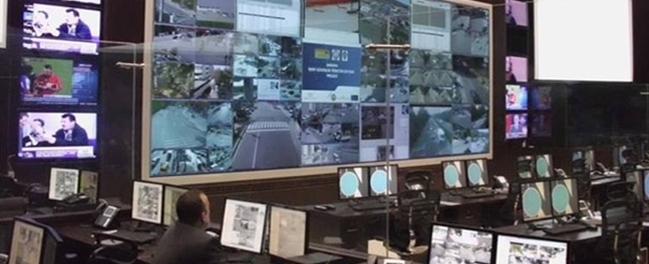
When the Urban Security Management System (KGYS) or MOBESE (Mobile Electronic System Integration) is concerned, only camera systems usually come to mind. However, the total control of the entire city should be considered from at least one point. It is possible to carry out important functions such as detection, planning, prevention, response, recovery, damage mitigation with various sensors. All systems can be tracked on the map base by using the layers of geographic information systems (such as Google Maps).
These systems are extremely useful in minimizing the loss of lives and property in case of natural disasters, man-made accidents, major threats, terrorism and mass destruction threats. Apart from this, it is also ready for full integration with Smart Cities Projects that carry out citizen-oriented works to reduce traffic congestion, reduce energy costs, make cities smarter, safer and more efficient.
We need different inter-tier management solutions for a Fully Integrated City Monitoring and Security Project. All systems interact with other systems in their own way while performing their functions with their substrates. While the systems need to operate as integrated with many different brands and types of devices and systems that serve the same purpose among themselves, it is necessary to manage all systems with High Level Integration.
In order for so many systems to operate as fully integrated with each other, they must also operate as integrated in their inner layers. For this reason, the systems should be open to integration from the smallest to the largest and should be established at world standards.
There are many challenges in this field. The integration works are frequently disrupted due to different technologies, protocols and standards. The obligation to protect private life causes red lines in certain fields. In addition, the manufacturers should slightly decrease competition and develop really smart and interoperable systems based on integration facilitating open standards.
We foresee that the sector will continue to grow rapidly. The systems that are always told to be integrated but can be made with very simple integrations in the application projects will operate as more integrated in 2016 and afterwards. We expect that integration will be the most important factor and that many companies will act jointly to make profitable, stable and great business with real integration.
Apart from this, the projects where all systems will become cloud-based will come one after the other with the rapid decrease of the cloud center costs.
With the technological developments on the Internet of Things, the City Monitoring and Security Systems will grow at an incredible rate and continue to provide great services to society.